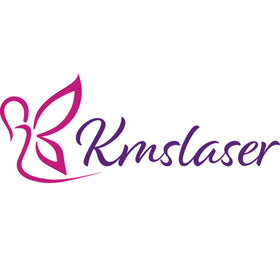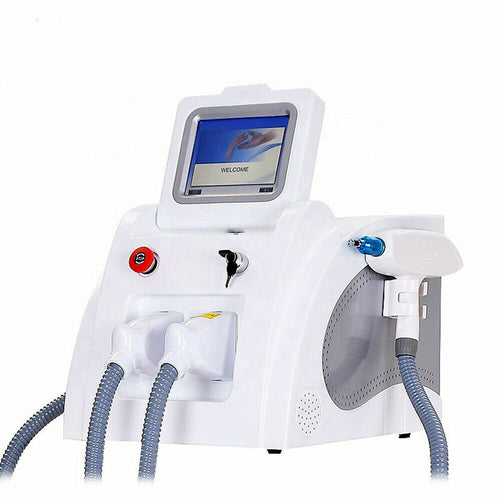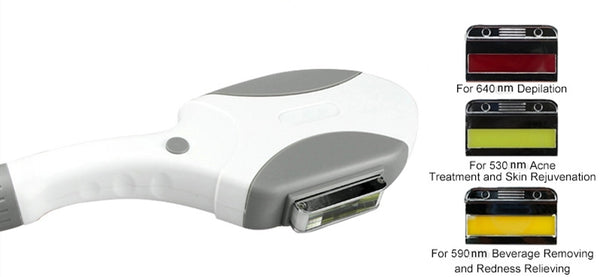The quest for smooth, hairless skin is a pursuit that has evolved significantly over the years. Shaving and waxing, once the primary methods for hair removal, have given way to longer-lasting and more effective treatments like laser hair removal. This revolutionary technique is not just a trend; it's a multi-billion-dollar industry that continues to grow. Yet, with its many benefits, questions and concerns arise - particularly, are the burns that can occur during laser hair removal permanent? In this comprehensive blog post, we will examine the intricacies of this question to provide a clear understanding for both consumers and practitioners.
Explaining Laser Hair Removal Burns
Laser hair removal, a common dermatological procedure in which a concentrated beam of light (laser) is used to damage hair follicles, offers the promise of long-term hair reduction. However, like any medical or beauty treatment, there are risks involved. One concern that casts a shadow over the appeal of laser hair removal is the potential for burns. These burns can occur when the laser is set at too high of a frequency or duration, or when the skin being treated is not adequately protected. While most burns from laser hair removal are mild and temporary, more severe and permanent burns can also occur.
Differentiating Between Temporary and Permanent Burns
When it comes to laser hair removal, there are two main types of burns: superficial and deep. Superficial burns are the most common and typically occur when the laser is used incorrectly, resulting in redness and slight discomfort that fades within a few days. On the other hand, deep burns penetrate further into the skin and can cause blistering, scarring, or permanent changes in pigmentation. These more severe burns often require medical attention and may result in long-term damage.
Factors that Impact the Likelihood of Burns
The risk of burns during laser hair removal is affected by several factors, including:
Skin tone: People with darker skin tones are more susceptible to burns because the pigment in their skin can absorb more heat from the laser.
Sun exposure: Tanned or sun-exposed skin is at a higher risk of burns because the melanin in the skin is already activated and can attract more heat from the laser.
Technician experience: The skill and training of the technician performing the procedure plays a significant role in minimizing the risk of burns. Properly trained technicians will adjust the laser settings based on an individual's skin type to reduce the chances of burns.
Pre-procedure preparation: Properly preparing the skin before a laser hair removal session can also help reduce the risk of burns. This includes avoiding sun exposure, shaving the treatment area, and minimizing any potential irritants on the skin.
Definition and Causes
A laser hair removal burn is a type of skin injury caused by excessive exposure to the laser's heat and light. The severity of the burn can range from mild redness and discomfort to more serious blistering and scarring. Burns can occur due to various reasons, such as:
The Wrong Candidate: Certain skin types are more prone to damage from lasers. High-energy lasers can inadvertently target the pigment in the skin, causing burns.
Improper Technique: Inexperienced technicians, or the incorrect settings on the laser, can lead to burns. Proper training and understanding of individual clients' needs are crucial.
Lack of Aftercare: Neglecting proper post-treatment care like using soothing creams, avoiding sun exposure, and adhering to precise instructions can exacerbate potential burns.
Are Laser Hair Removal Burns Permanent?
Concerns about the permanence of laser hair removal burns are valid, and to address them, we must look at two primary aspects – the nature of the burn itself and the ability of skin to heal.
Short-Term Effects
Many instances of burning during laser hair removal result in temporary damage to the outer layers of the skin. These superficial burns often heal within a few weeks with minimal lasting effects. It's important to differentiate between these and more severe first or second-degree burns, which require medical attention.
Long-Term Risks
For individuals who experience more significant burns, particularly those that result in scarring, the effects can be long-lasting and, in some cases, permanent. Scarring can take months to fully manifest and may never completely fade, leaving lasting marks on the skin.
Prevention and Treatment of Laser Hair Removal Burns
The best approach to managing the risk of burns during laser hair removal is through a combination of prevention and effective response.
Preventing Burns
To help prevent burns, laser hair removal facilities should:
Use Skilled Technicians: Ensure staff are properly trained and certified.
Assess Skin Appropriately: Prior to the laser treatment, an experienced practitioner should assess the client's skin type to determine the safest and most effective approach.
Inspire Open Communication: Patients should feel comfortable discussing any concerns or discomfort during the procedure.
Treating Burns
Initial treatment for laser hair removal burns may include:
Cooling: Applying a cool compress to the affected area immediately after the burn can provide immediate relief and help minimize the damage.
Topical Solutions: Ointments and creams can facilitate healing and reduce the risk of infection.
Medical Attention: For more severe burns, it's essential to consult a physician for proper care and to prevent complications.
Practitioners should have a treatment protocol in place for managing burns that occur during procedures, and patients should be informed about what to expect and how to respond if they suspect a burn has occurred.
Implications for Clinics and Skincare Seekers
Understanding the complexities of laser hair removal burns is paramount for both those seeking treatment and those providing it.
Clinics offering laser hair removal services must:
Invest in Quality Equipment: Using advanced, FDA-approved laser systems can reduce the risk of burns.
Continual Training: Technicians should receive ongoing training to stay updated on best practices and to continually hone their skills.
Clear Consent and Guidelines: Clinics have a responsibility to inform clients of potential risks and to provide clear instructions for pre- and post-treatment care.
For Skincare Seekers
Those considering laser hair removal should:
Consultations are Key: Attend a consultation to discuss skin sensitivity, treatment expectation, and aftercare.
Research the Clinic: Ensure the clinic has a good reputation, certified technicians, and a clean environment.
Understand Aftercare: Inquire about and commit to the recommended aftercare to minimize the chances of burns.
Conclusion
Laser hair removal, when performed correctly, can be a game-changer for those hoping to achieve long-lasting hair reduction. However, the potential for burns is a reality that cannot be ignored. It is essential for both providers and recipients of laser hair removal treatments to be well-informed about these risks and take the necessary precautions to prevent them. By fostering a culture of safety and awareness, we can make strides in ensuring that the pursuit of smooth skin is not overshadowed by the dangers that can sometimes lurk in its path.





